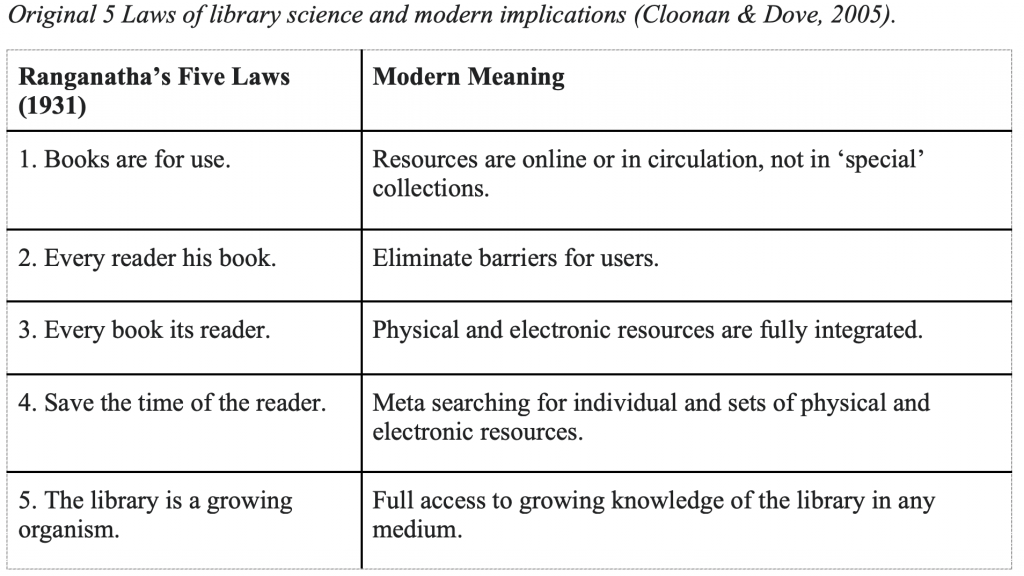Here is a quick summary of some of the tools that I used in my School Improvement Project, the last course required for the Executive Master of Arts in International Educational Leadership and Change graduate program offered by the Education University of Hong Kong.
Walker & Quong (2011) summarize the research on leading effective teams and created a pyramid model. I adapted the pyramid model and mapped out my actions when forming a team to create a library consortium among 5 schools. Note that professional learning and relationships are on the bottom of the pyramid and therefore more important than the top tier of ‘goals’ with ‘goals’ being supported by the other aspects of a team under it.

Additionally, part of the challenge of leading a team is collectively coming to a shared understanding of what the issue or issues are that you are working with. Fortunately for the library team the IB had provided a 6 +1 Library Framework that we adapted to include in our Library Mission Statement. The team agreed to focus on the core, green services first and then work toward the orange, additional services in the next year.

Finally, we tied the ideal library to the founding documents of Library Science, the Five Laws. We also utilized a modern interpretation of the Five Laws to ensure that we would not mistakenly chose digital systems that may break one of the laws. In the case of this library consortium this meant that we opted for Follett Destiny to be our main library management system with MackinVIA integrating into Follett Destiny. This was important to us and the Five Laws since we did not want to break law 2, ‘Eliminate barriers for users’. Specifically, the library team did not want to have an eBook supplier with a system and interface that was different and removed from our physical books in Follett Destiny. (Note. MackinVIA does this by exporting MARC Records for their eBooks, that also can imported into Follett Destiny). We also discovered that Google Single Sign On is supported by Follett Destiny, comparable to other systems that the school uses, so we were able to eliminate a barrier there by having Google Single Sign On log patrons into Follett Destiny and the push patrons to their MackinVIA backpack where the eBooks were from Follett Destiny. Possible this also supports Law Four, ‘Save the time of the reader’.

Lastly, what was the real life saver was that the publisher and eBook supplier Mackin/MackVIA has a single use, perpetual license on offer for some eBooks. This meant that the library could subscribe (Not purchase! Read up on the First Sales Doctrine here.) to an eBook indefinitely and not have to resubscribe via the multiple license stipulations that many eBook publishers have such as 1 year, 2 year, 24 circulations etc. Therefore the library team would not break Law 5, ‘The library is a growing organism’. We could grow our eBooks collection over time and share with other members in the consortium. : )
References:
Cloonan, M. V., & Dove, J. G. (2005). Ranganathan Online: Do Digital Libraries Violate the Third Law?. Library Journal, 130(6), 58.
International Baccalaureate Organization (2018). Ideal Libraries: A guide for schools. Access on October 5, 2020 from https://uaeschoollibrariansgroup.files.wordpress.com/2018/06/ideal-libraries-for-ib.pdf
Tilke, A. (2019). School Library Concepts Developed by an Inquiry-approach Curriculum Organization: User Experiences and Perceptions About the Ideal Libraries Document of the International Baccalaureate. In International Association of School Librarianship. Selected Papers from the… Annual Conference (pp. 1-10). International Association of School Librarianship.
Walker, A. & Quong, T. (2011). Building Effective Teams. Hong Kong Institute of Education. Accessed Access on December 15, 2020 from https://www.eduhk.hk/apclc/links/leadership_basics.html
